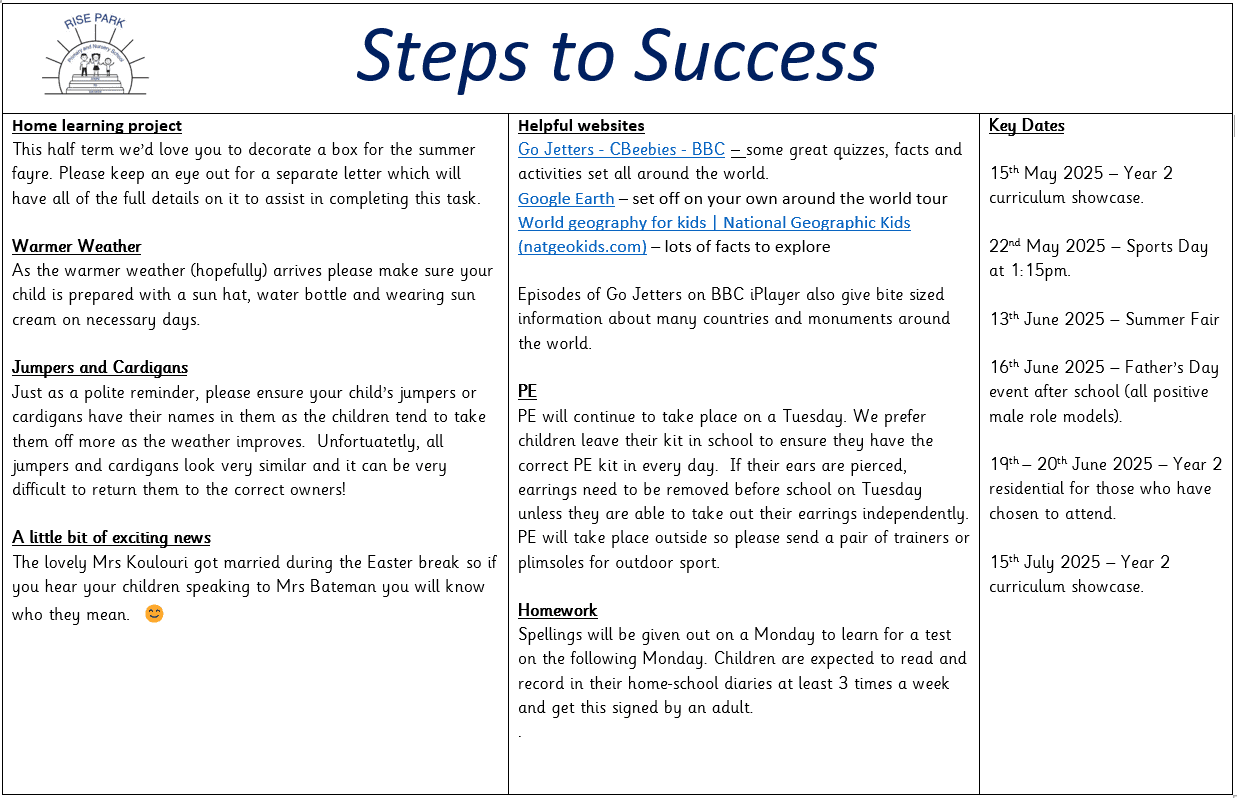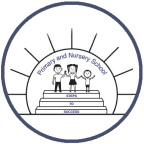

Spring 1 Overview
We are only halfway into our Autumn term topic-the Great Fire of London, yet we have learnt so much already. In History, we started our topic in an exciting way we built houses out of cardboard boxes to represent what they would of looked like back in the past and then tightly placed them closely together on the playground. We set fire to them to show just how quickly the fire actually spread back in the day. We have also learnt the difference between primary and secondary sources and had time to explore how paintings, diaries or newspaper articles teach us about what life was like in the past. We compared modern day London to the city built in 1666 and we are now experts in knowing what we can learn about past mistakes such as wood as a building material, no existence of fire safety tools or teams.
In English, we have been focusing on rewriting a story that we really enjoyed -Vlad. We told the story in the first person as Boxton the rat and his best flea friend Vlad! The characters desperately tried to escape from the bakery on Pudding Lane when the first ember caused the inferno to erupt. In our stories, we used lots of different contractions and fronted adverbials to make our sentence structures varied. We read the diary entry of Samuel Pepys an important eyewitness account to the Great Fire of London. We retold the event as we went along empathising with the main character incorporating lots of powerful verbs, adjectives and emotional vocabulary into our writing.
Take a look at our mixed media collages. We are so proud of all the new techniques that we incorporated such as rolling, scrunching and layering to create bright and bold backgrounds to place the houses that we sketched using our pencils. We recreated lots of different textures using cross hatching and stippling for example.
In ICT, we have been effectively collecting data through the use of tally charts and have been learning how to impact this information into a clear pictogram or bar model. We have been making conclusions by answering questions about the information shown.
In Science, we have kickstarted our animals and their habitats topic . We really enjoyed sorting animals into the six different categories and can now define each of them for example mammal or reptile . We now know the seven different life processes and can use this knowledge to identify whether something is dead, alive or has been alive. We went on an outdoor hunt in search of different micro habitats, even though these homes are very small we learnt that they provide a great home for the tiniest of creatures because they are moist, provide protection and shelter.
Linking very closely to our science topic in music, we have been exploring call and response patterns for different Safari animals. We have been changing the dynamic and rhythm of these patterns and representing them closely. In small groups, we composed our own representations thinking carefully about which instrument would represent which animals in the wild.
In Maths, some of us have been lucky enough to achieve our silver, gold and even platinum targets when learning the two and five times tables. We have focused on money this term-identifying different coins or notes, finding changing and adding together different values. Using our problem solved toolkit, we have learnt to use the inverse operation to answer a missing number problem.
Spring 2 Overview
English
We were left feeling so inspired when we got a visit from Arnold Fire Station. The team came to tell us all about how the prepare for an emergency, they took us on a tour of the engine and even let us use some of their equipment like squirting water from the hose. We used this as an opportunity to write action stories based on the day in the life of a first responder. To entertain our reader we used varied fronted adverbials, powerful verbs and lots of emotive language.
In English we wrote a non-chronological report all about our personal experience of year 2. We thought carefully about using subheadings to organise the information, writing consistently in the past tense as well as using commas in a list.
History
During the term, we working on our sequencing skills and ordered the main events of fire on a timeline. We also compared the city of London from the past to the present thinking very carefully about what we could learn from this significant event. We found it fascinating to learn all about how fire prevention has changed over time and can now identify why fires are controlled much more quickly today thanks to the invention of many things. We have shown off how much we have learnt this term by answering our big question- how has the Great Fire of London impacted settlements today? The children have really retained lots of impressive facts such as building material adaptations, modern fire prevention systems and spacing of structures were just to name a few. We were also so proud of all of the hard work and effort that the children went to with their homework projects and can not wait to display these around school.
DT
Inspired by interests in History we made our very own fire engines. We researched the purpose of different vehicles such as buses, vans and ambulances and considered how their designs made them fit for purpose. Next, we worked together to explore different types of axels which would make our own vehicle mobile- fixed and moving. We then designed our version of a fire engine before making and evaluating it.
Maths
In Maths we have worked incredibly hard in our fractions unit. We can find equal parts of both a shape and an amount. We can find half, a third and quarters of an amount and can count in the correct amounts to make a whole. We also know how to spot both unit and non-unit fractions. We have applied our division knowledge to a variety of different tricky word problems. We have also been busy learning how to tell the time to five minute intervals. As well as this, we have incorporated 2 core problem solving skills into this term- working backwards to find missing answers in addition or subtraction questions and guess, check and improve to find suitable answers.
Music
We have been learning all about folk songs that retell a story. Each song was inspired by the British Islands. We learnt the lyrics to different songs and replicated the pitch to add high and low notes with our voice.
Science
Our Science topic has continue this term and the children have been so eager to learn all about animals and their habitats. We have looked at different types of food chains and how energy is transferred as well as how species would be impacted if certain parts of the chain disappeared. The children have been busy posing questions to extend their learning and have even enjoyed research the answers to many of them independently. We wrote an account to explain why polar bears would not be suited to rainforest environment applying lots of the knowledge and key vocabulary we had learnt such as temperature, herbivore and carnivore.
We carried out an observation investigation in our final lesson where we made predictions about the preferred habitat of woodlice. We then loved watching them to see if they would settle on a warm, dry, light or dark condition.
ICT
We have thoroughly enjoyed our programming unit during the summer term and quickly realised it was not as easy as we first thought! We learnt that giving a clear set of instructions was vital for the beebot to follow our algo rhythms.
PE
Our PE lessons have linked very closely to this terms Geography field work skills- orienteering. We have worked together as a team to draw detailed maps of the local area and used them to find key features that we plotted.
RE
We learnt about how belonging to a group made us feel- warm, cared for, happy and loved. We took some time to reflect on the different types of groups we each belonged to. We then focused our attention on how Christians use the act of baptism to welcome individual to the Christian family. We made symbolic doves to help us remember the bible story we learn all about.

Autumn 2024




In Geography we have been learning all about our local area and the what different human and physical features we found in it. We compared our local area to that of a coastal town-Bridlington. We went on a walk around the community to practise using our map reading skills. We then retraced our steps on the aerial photographs to create our own maps using basic symbols shown on a key. Lastly, we reviewed our learning to reflect on our topical big question- How can we improve our local area. Some children decided that new lights under the subway to make it safer, more bins and a new bus route would make local residents much happier.
In English this term, we have been writing to inform. We have researched, planned and written non-chronological reports to advise people all about what the area of Rise Park is like. We have tried really hard to extend our sentences using subordinate conjunctions as well as using noun phrases to add detail. We also wrote formal letters to our local MP to inform them of the changes that we would like to make in our local area inspired by the finding on our walk in Geography.
As Artist we were inspired by our guest speaker- Michelle Reader. She uses recycled materials to create 3D sculptures inspired by nature and animals. We learnt all about the impact of waste and how it can damage the environment so were thankful that she found new uses for items we would otherwise throw away. We learnt all about different ways to join the materials effectively as well as sorting materials according to how easy they were to cut. Take a peek at some of our final pieces because we are so proud of them!
In RE we have been thinking about what makes a good leader. We were inspired by some key religious leaders in different faiths- Moses of the Jewish Faith and St Paul and Jesus of the Christian Faith. We then realised that everyone has the potential to be a good leader and thought about how the people around us show great leadership qualities everyday such as being courageous, problem solvers and nurturing towards others. Lastly, we wrote some wise words and rules to promote a more peaceful and harmonious lifestyle.
In Maths, we practised learning our five times tables and many of us were awarded our bronze and silver awards- a few lucky children even reached gold! We have been learning to describe the properties of different 2d and 3d shapes as well as using vertical lines of symmetry.
As Scientist, we continue to learn all about the uses of everyday materials. We completed a research task all about the famous Charles Macintosh and his important discovery of the waterproof rain mac. We also carried out an observational experiment to see which art medium would absorb the most amount of water when creating pictures.

